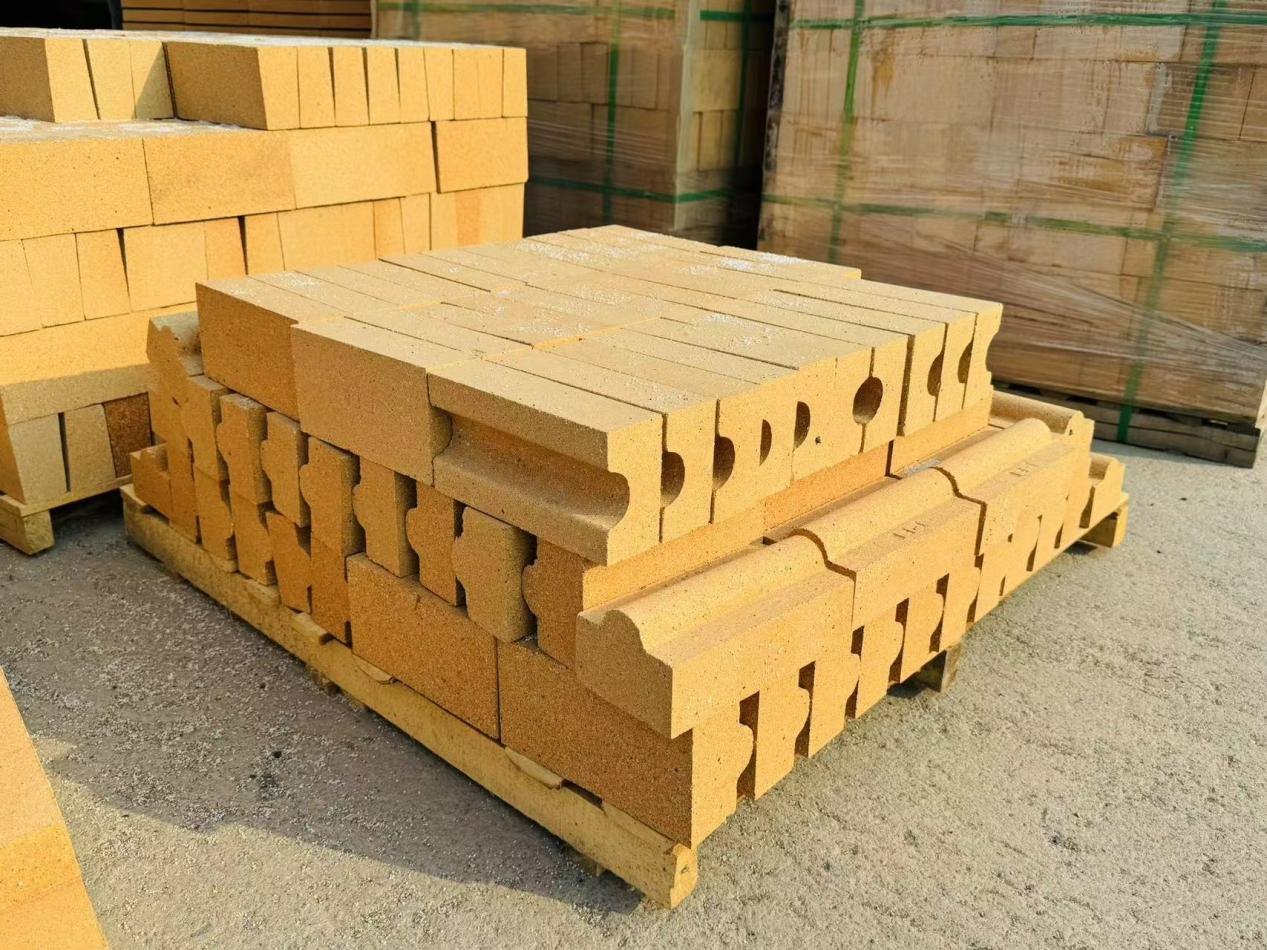Unveiling the Intricacies of Refractory Brick Production Process
The Significance of Refractory Bricks in Industrial Applications
Refractory bricks, also calling for fire clay bricks/ fire bricks, are the unsung heroes in industries that deal with extreme heat conditions. From steel manufacturing to glass production, Refractory bricks form the backbone of high - temperature environments. The fire brick‘s ability to withstand intense heat, chemical corrosion, and mechanical stress makes them indispensable. Understanding the production process of Refractory bricks is not only fascinating but also crucial for ensuring the quality and performance of these vital components in industrial settings.
Raw Material Sourcing - The Foundation of Quality Refractory Bricks
The journey of refractory bricks begins with the careful selection of raw materials. High-quality refractory bricks are typically composed of materials such as alumina, silica, and magnesia. These elements are painstakingly sourced from reliable suppliers, ensuring their purity and quality. Alumina, for instance, imparts excellent thermal stability and resistance to high temperatures, while silica offers structural integrity and acts as a key component in withstanding the intense heat.
Mixing and Forming of Refractory Brick Mixtures
Once the raw materials are selected, they are accurately weighed and mixed in specific proportions. Advanced mixing equipment is used to ensure a homogeneous mixture.After mixing, the dough - like mixture is then formed into the desired brick shapes. Then we will come to forming methods - pressing and extrusion.Pressure applied during the pressing process determines the brick's strength and density. Extrusion is suitable for producing fire bricks with complex shapes or continuous lengths, like those used in some specialized furnace linings.

Drying and Firing - Transforming Raw Bricks into High - Performance Refractory Bricks
Drying:Once formed, the green refractory bricks contain moisture that needs to be removed. The drying temperature and duration are optimized based on the brick's composition and size. Slow and gradual drying is often preferred to ensure the even removal of moisture from all parts of the brick.
Firing: After drying, the bricks are fired in specialized kilns at extremely high temperatures. The temperature during firing can reach up to several thousand degrees Celsius. During this process, chemical reactions occur within the brick, strengthening its structure and improving its resistance to heat, corrosion, and wear. This meticulous production process results in high - quality refractory bricks that can endure the harshest industrial conditions and contribute to the efficient operation of various high - temperature processes.
In conclusion, the production of refractory bricks is a complex and sophisticated process that combines scientific knowledge, advanced technology, and skilled craftsmanship. These fire clay bricks are not just building materials; they are essential components that enable the smooth operation of various industrial processes, from steel making to glass production. Their durability and high-temperature resistance make them an indispensable part of the industrial landscape.
Inquiry Now
Please leave your e-mail and we will contact you as soon as possible
contact us
Your satisfaction is our top priority. Whether you have questions, need support, or want to share feedback, our dedicated team is ready to assist you every step of the way.